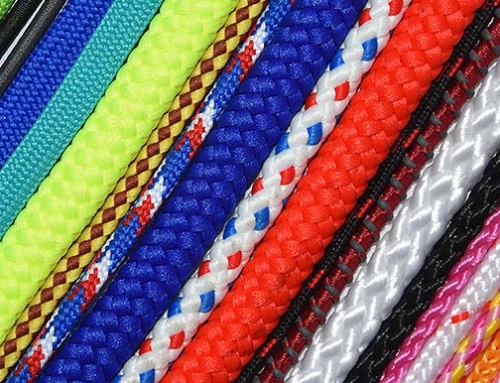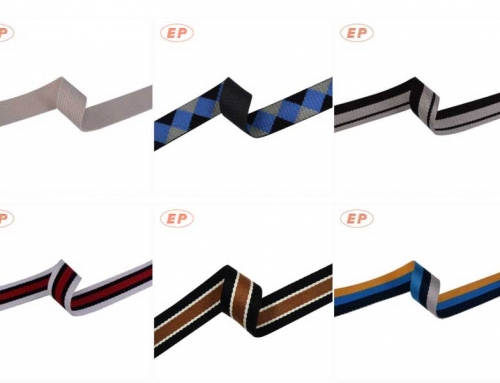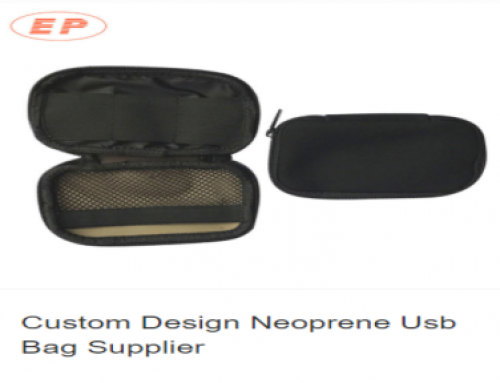More and more webbing manufacturers are using nylon rather than polyester China webbing. We’ll discuss why and how to make the switch if you’re considering it.
Historically in the sling industry, the US market has been 80 to 90 percent nylon, using polyester where it was essential for UV or chemical resistance. The European market is the exact opposite—they have historically used upward of 90% polyester webbing for slings.
 |
 |
Polypropylene webbing is great for outdoor applications. It is available in 2 styles: Heavyweight, and Lightweight. Polypropylene has excellent UV protection, and it does not absorb water, giving it resistance to mildew and rot. It has low stretch, especially when wet. Polypropylene does not have a high abrasion resistance, so it is not recommended for use around rough edges. This webbing is good for medium duty applications.
Flat Nylon webbing is great for high abrasion applications. It is not recommended to use in or around water continuously because it absorbs water quickly, causing mildew and rot if not taken care of. Flat nylon will also stretch up to 2% of its length when the webbing is saturated.
Sublimated Polyester webbing is ideal for heavy loads with high abrasion. Polyester webbing has the same soft, smooth feel, and shiny appearance of Flat nylon. It also has the benefits of Polypropylene, low water absorption, and excellent mildew and rot resistance. Only Polyester allows Sublimation.
China webbing is a much thinner version of our webbing. It has a very tight weave, low water absorption, and excellent mildew and rot resistance. Only Polyester allows Sublimation.
Seat Belt Webbing weave is lighter in weight than the regular, but close in strength. Low stretch, low absorption rate, denser weave, and high strength makes this an excellent choice for outdoor uses as well!
Tubular Webbing is available in two styles: Nylon and Polyester webbing, and have the characteristics of their respective types.
For more related post:





